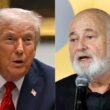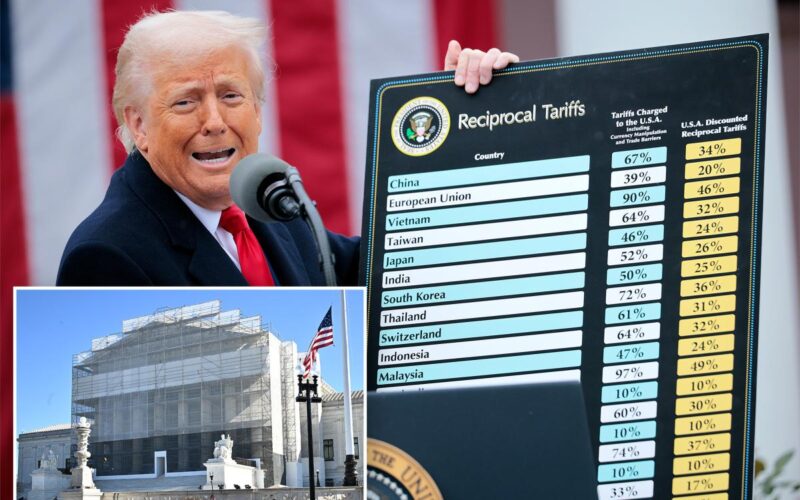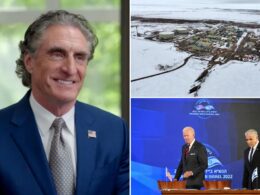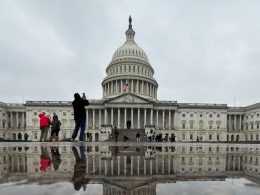WASHINGTON — President Trump’s promise of $2,000 tariff dividend checks is predicated on the government collecting hundreds of billions — or trillions — of dollars from tariffs on imports.
But the Supreme Court could strike down many of the president’s tariffs and even order them to be repaid if it rules against the use of emergency powers to impose many of the duties.
So what’s the backup plan if that happens? Will the checks go out mid-next year, as Trump said, if the court nixes the tariffs?
So far, the Trump admin appears to be waffling on that question.
Treasury Secretary Scott Bessent, who was asked about this on Fox News’ “Sunday Morning Futures,” only said, “I don’t think this ruling is going to go against us.”
He went on the suggest that the issue is too thorny for the court to make a dramatic reversal.
“But if it does, what’s [the Supreme Court’s] plan for refunds [to companies]? Because how is this going to get to consumers? Are they just going to hand some of these importers big windfalls? I don’t think the Supreme Court wants to wade into a mess like that,” Bessent said.
Trump himself suggested that he could still cut checks to Americans if the court strikes down his tariffs — but didn’t give any specifics.
“Well, then we’ll have to do something else. We’ll have to figure something else out,” he said when asked what would happen if the Supreme Court ruled against him.
“That would be a very sad day for our country.”
The US Supreme Court heard oral arguments earlier this month in a case challenging Trump’s use of the International Emergency Economic Powers Act, which he says legally justified him instituting most of the massive tariffs. The court has yet to rule on the issue.
During oral arguments in the case, most of the justices, including all of Trump’s appointees, pummeled the administration’s lawyer, Solicitor General John Sauer, with tough questions about the validity of the tariffs under the act.
Many observers came away believing that the high court was skeptical of Trump’s sweeping use of the statute, which makes no mention of the word “tariff.”
The IEEPA tariffs have brought in roughly $90 billion between their implementation and Sept. 23, according to data from US Customs and Border Protection.
Trump unveiled his plan for $2,000 tariff dividends shortly after the court grilled Sauer over the legal justifications for using IEEPA to enact his “trafficking” and “reciprocal” tariffs.
Specific details of the dividend plan aren’t clear, but Bessent has floated the idea of limiting the offer to Americans making less than $100,000 a year in income.
If the $2,000 checks were limited to individuals earning under $100,000, it would cost about $300 billion, according to an estimate from Erica York, the Tax Foundation’s vice president of federal tax policy.








